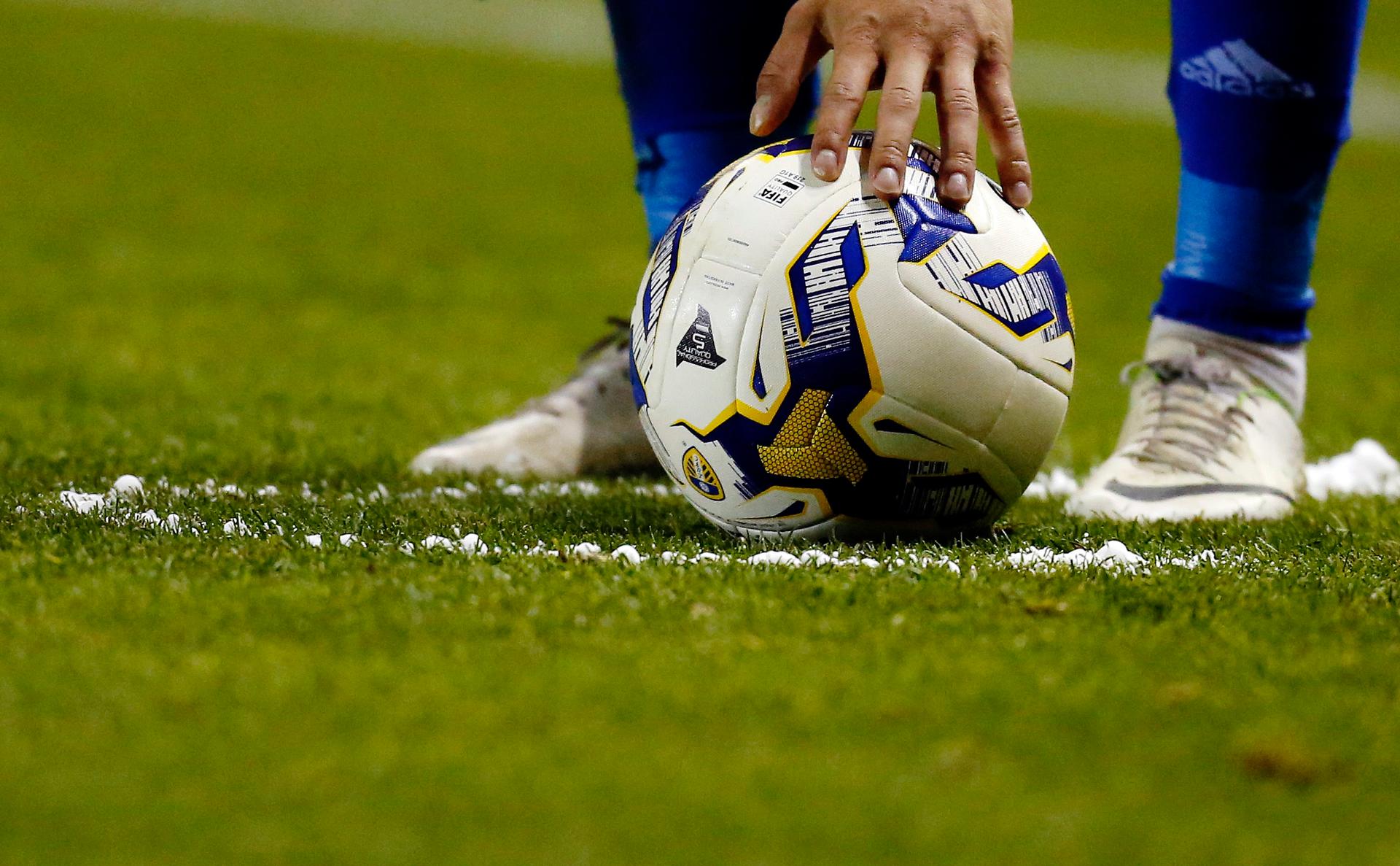Youth soccer players won’t be allowed headers, to prevent concussions
Nearly 50,000 high school soccer players sustained concussions in 2010 — more athletes than in baseball, basketball, softball and wrestling combined, according to a lawsuit filed that year.
The US Soccer Federation announced a series of new safety initiatives earlier this month in response to that lawsuit. Now players 10 and younger will be banned from heading the ball, and 11- to 13-year-olds will be limited to only heading in games, not practices.
“Heading has been part of the game since the game was invented,” says Stefan Fatsis, a youth soccer coach and author of "Word Freak" and "A Few Seconds of Panic." “And for decades, players used a much heavier ball — these leather balls would get waterlogged and they were much more dangerous because they were much heavier and much harder on the skull and every part of the body.”
Though this is a new initiative by the US Soccer Federation, Fatsis has long restricted players on his daughter's youth team from heading the ball.
“What you’ll see when you watch children play with the ball and try to head it out of the air is they close their eyes, they scrunch their necks, and the ball hits them somewhere on their head,” he says. “[The hit’s] not directed to another player, it goes out of bounds and it goes away. It’s not a specific task.”
According to Fatsis, the new rules on heading are more of a cautionary move for young players.
“Let’s be clear — this isn’t about concussions,” Fatsis says. “This is about sub-concussive hits to the head and the unknown damage that the accumulation of those can cause, and about reducing the general risk and likelihood of blows to the head playing soccer.”
Fatsis says the new rules from will help keep the game “down on the ground.”
“The vast majority of reported concussions and blows to the head occur because two heads collide or a head collides with the ground or a goal post or an elbow or knee,” he says. “What this does is that it delays implementation of what is an important skill at the adult level soccer until a time when the brain is developed enough to protect itself better against a blow.”
While teens and tweens might not be ready for head butting in games or practices, Fatsis says young players should at least be aware of how to head the ball in a safe way.
“It is important to teach kids how to do this properly,” he says. “You can do that with pillow-like balls or verbal instruction. If you can wait until kids’ brains are developed, and this is the issue here that nuerologists will tell you — that the prepubescent body is not strong or coordinated enough to do this properly. Doing it improperly increases the risk of injury to the header and to opponents. Kids have big heads on weak necks — doctors call this the bobblehead effect.”
Since children are still developing, Fatsis says their nerve cells and connections are not fully coated with myelin — a substance that protects and insulates nerves and cells from damage.
“That makes them more susceptible to injury when they’re rattled by a blow,” he says. “We just don’t know how repeated blows to the brain will affect the eventual development of a child’s brain — you don’t know what the peak might be were it not for an injury. What the medical community is saying and what US soccer is saying — in response to a lawsuit, by the way — is that it’s not worth the risk.”
